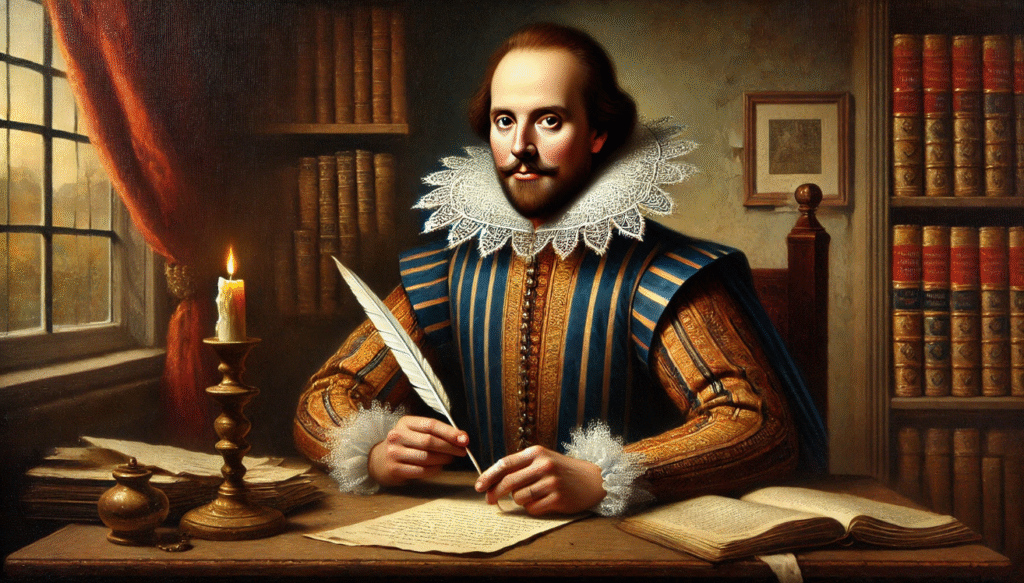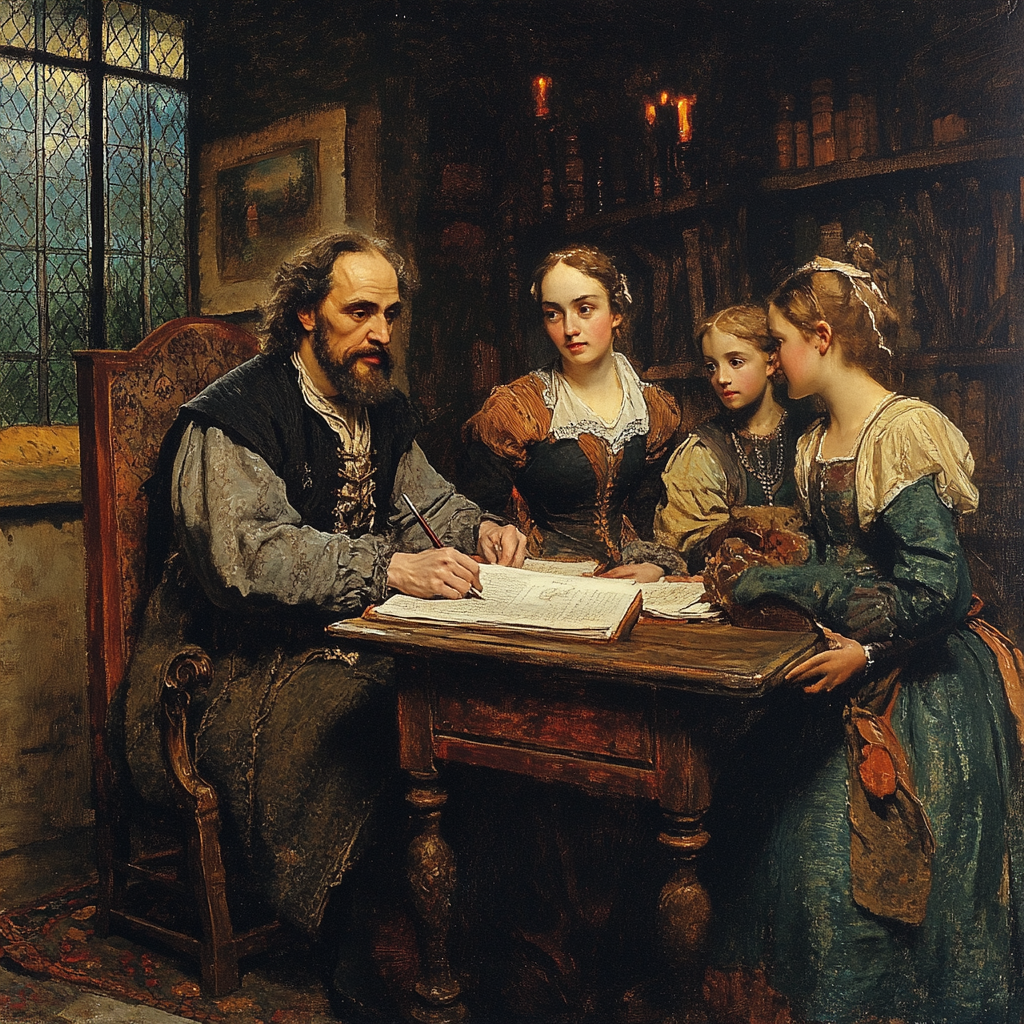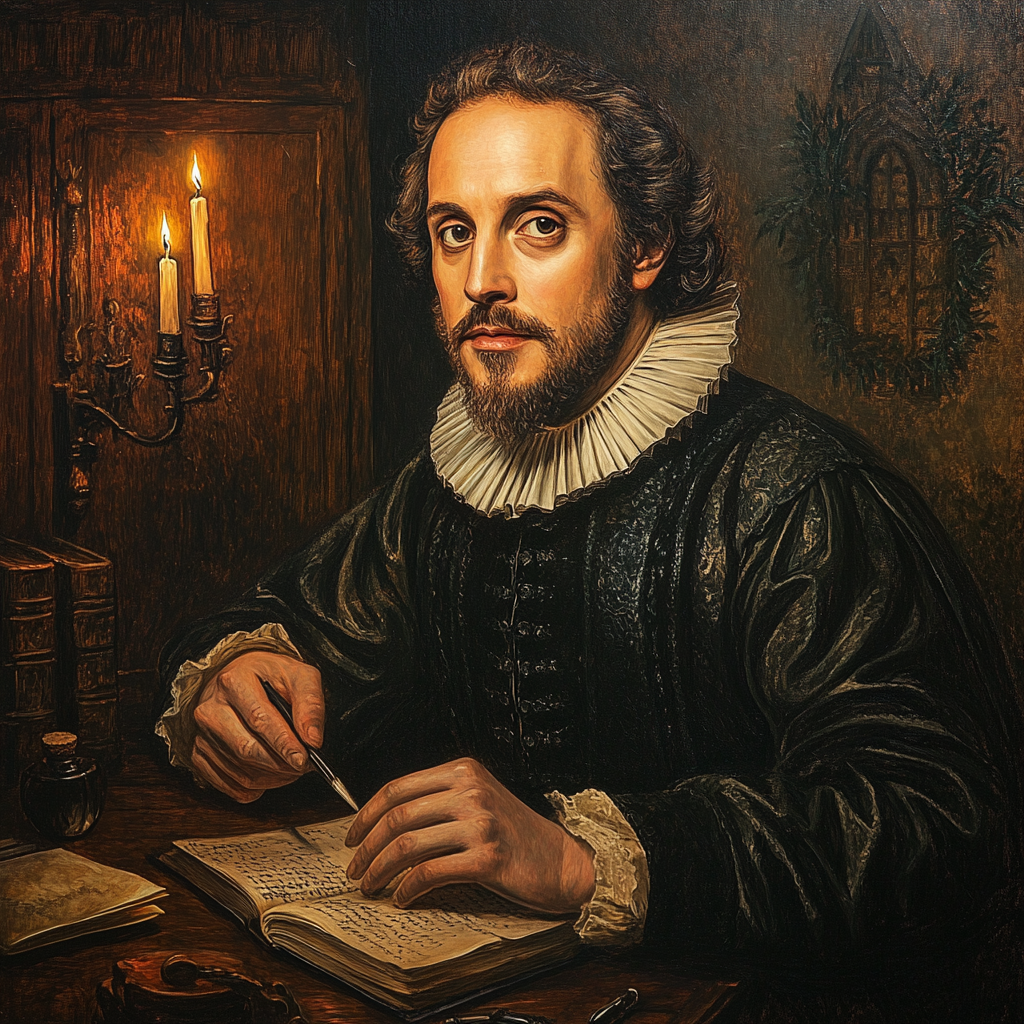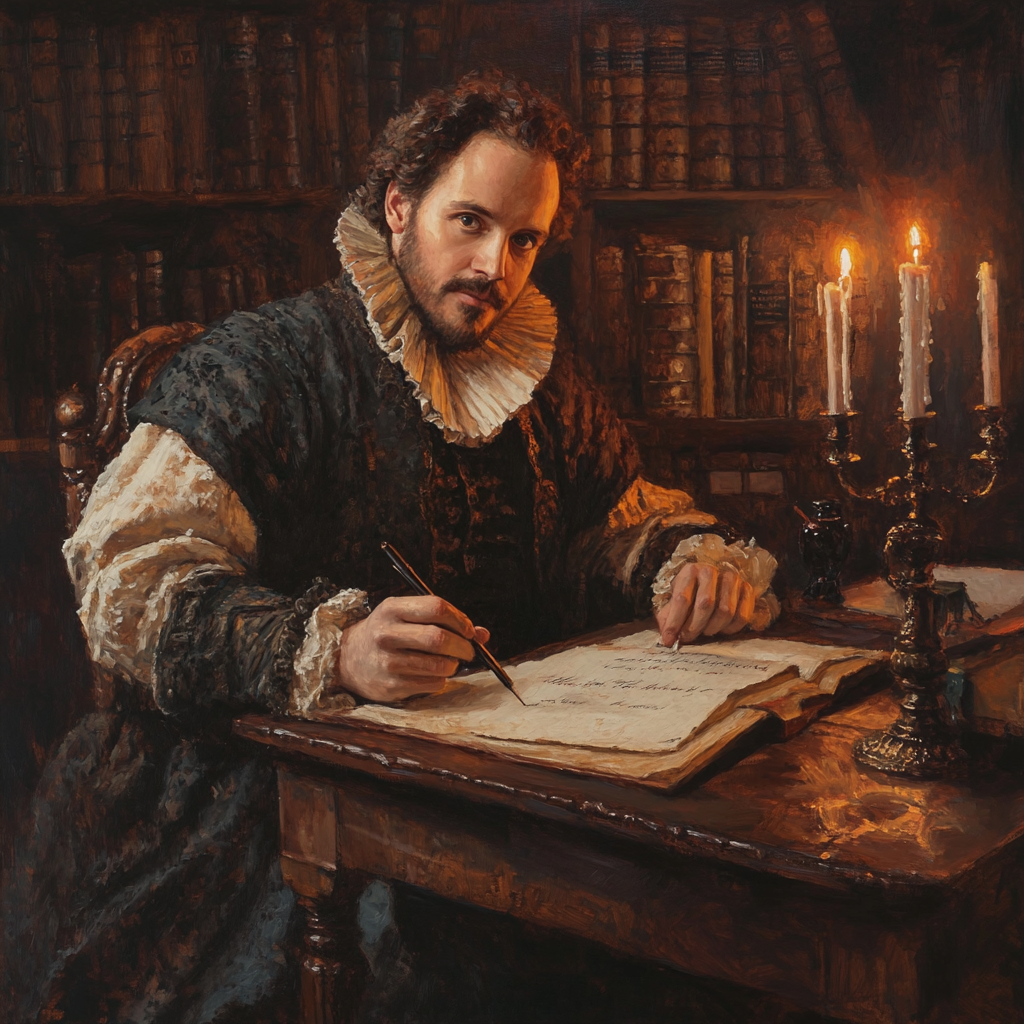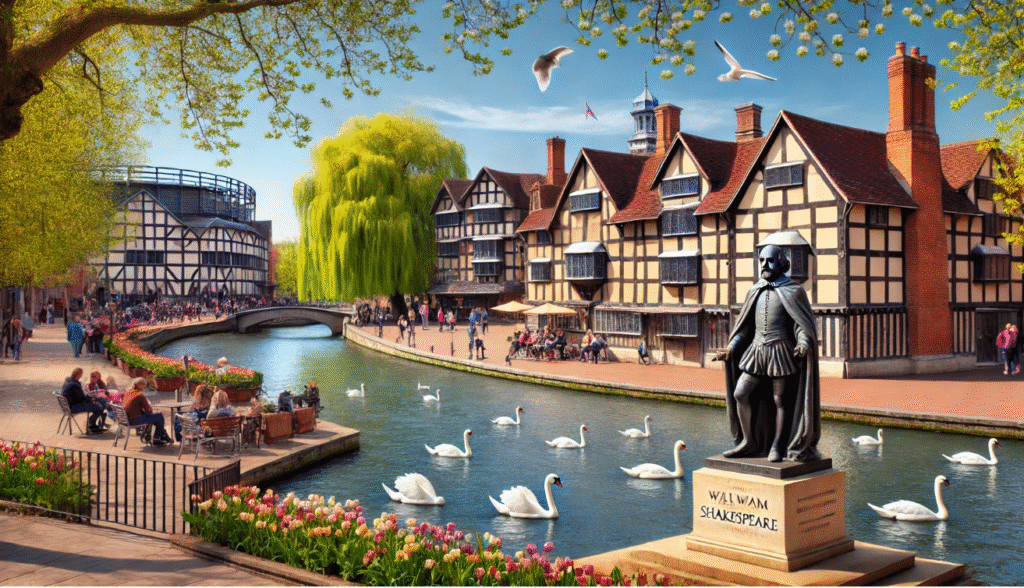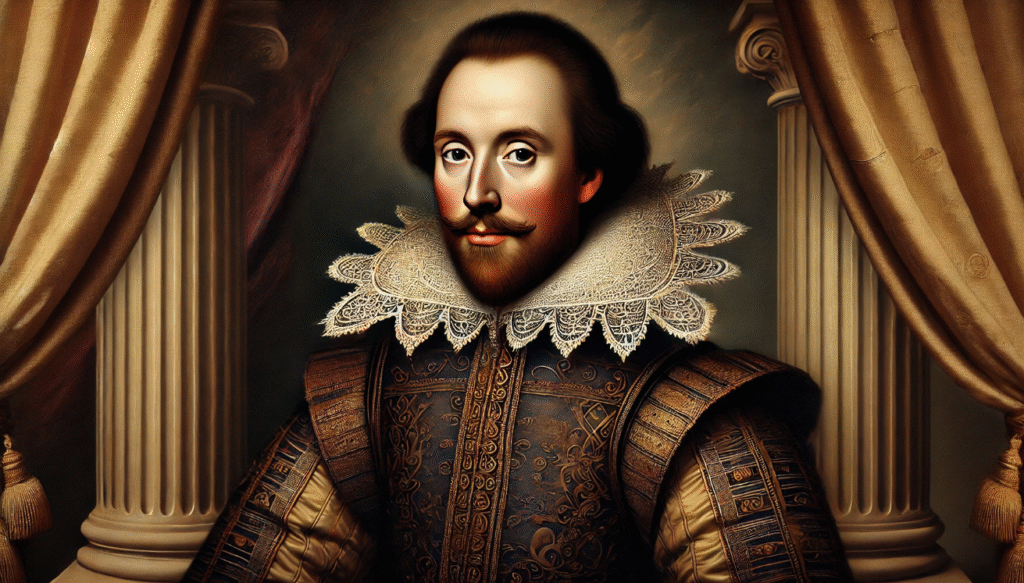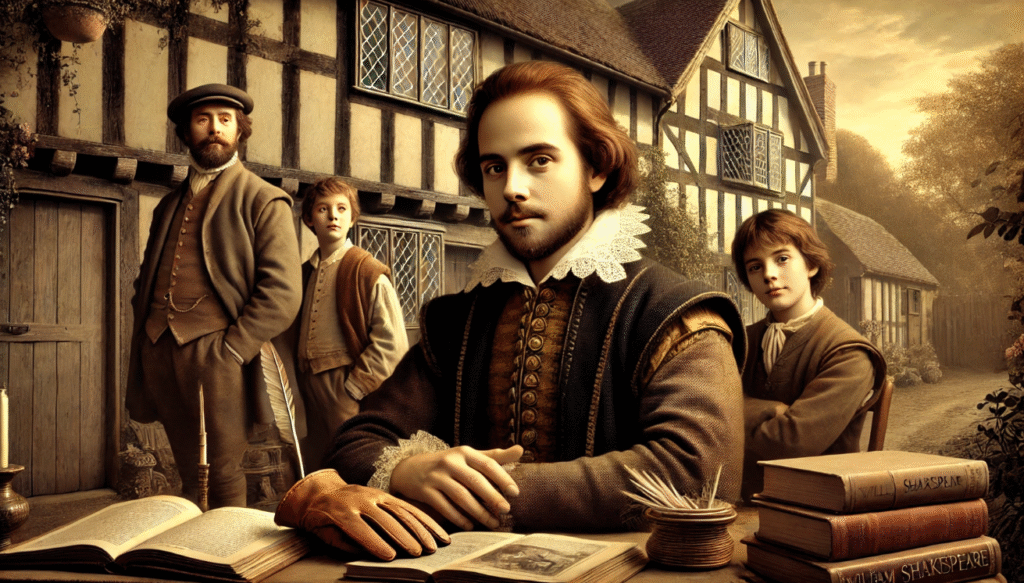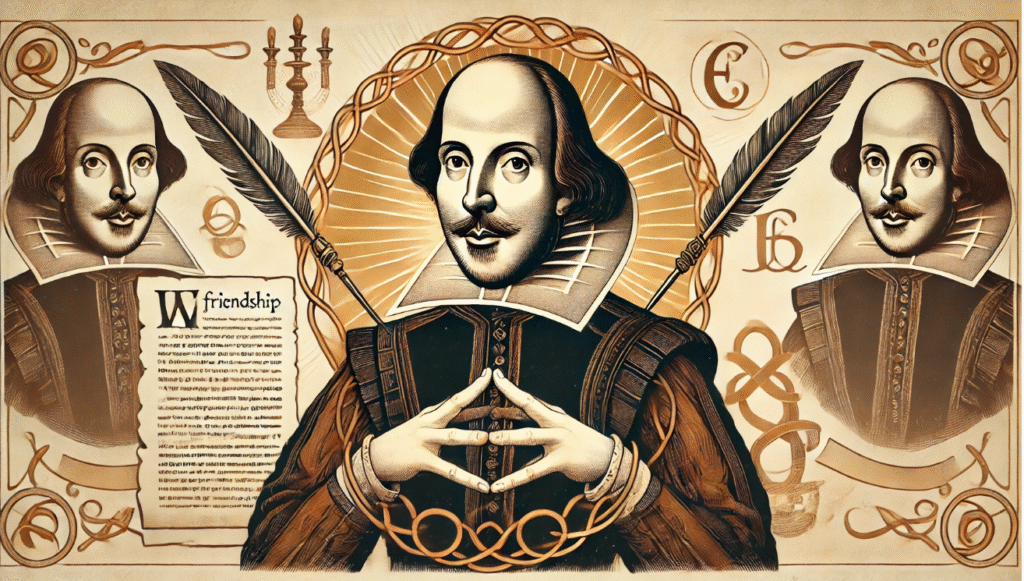Shakespeare’s cultural contributions with psychological depth are crucial for creating engaging and relatable stories. By delving into the intricacies of a character’s mind and motivations, authors can create a more immersive and thought-provoking reading experience. Additionally, the use of subplots and intertwining narratives adds layers of complexity and depth to the overall story, allowing for a more dynamic and multi-faceted plot. This can help keep readers engaged and invested in the various threads of the story, ultimately leading to a more satisfying and enriching reading experience.
Shakespeare’s Influence on Literature
Introduction of universal themes:

These themes are central to many of Shakespeare’s most famous plays. In “Hamlet,” we see the themes of love, betrayal, and mortality as the title character grapples with the death of his father and the actions of his mother and uncle. In “Macbeth,” we witness the destructive power of ambition as the titular character’s desire for power leads to betrayal and ultimately his own downfall. “Romeo and Juliet” explores the themes of love and mortality as the young lovers’ romance is overshadowed by the feud between their families. These timeless themes continue to resonate with audiences and make these plays enduring classics.
Lasting legacy:
William Shakespeare is a hugely influential figure in literature and his works continue to inspire modern writers. His themes of love, power, and the human condition are timeless and his characters are rich and complex, providing a wealth of material for contemporary authors to draw from. In addition to inspiring new works, Shakespeare’s plays and poems have been adapted into numerous novels and films. From classic adaptations like Romeo and Juliet and Hamlet to modern retellings such as 10 Things I Hate About You and She’s the Man, Shakespeare’s stories have proven to be endlessly adaptable and continue to captivate audiences across different mediums. Overall, Shakespeare’s impact on literature and popular culture remains significant, and his influence continues to be felt in the works of writers and creators today.
Shakespeare’s Contributions to Theater

Morality plays were a popular form of entertainment in medieval Europe, often featuring allegorical characters representing virtues and vices. These plays were typically written in verse, and their use of iambic pentameter helped to popularize this poetic meter. However, as the Renaissance period brought about a shift in artistic and literary sensibilities, there was a move away from the didactic nature of morality plays towards more human-centered stories. This shift allowed for a greater exploration of individual characters and their inner lives, leading to the development of new forms of drama and literature that placed a greater emphasis on human experience and emotion.
Building a bridge between classes:
The Globe Theatre embodied inclusivity by creating works that appealed to both the elite and commoners. It offered a wide range of plays that catered to different social classes, providing entertainment for all. This inclusivity allowed people from all walks of life to come together and enjoy the arts, making the Globe Theatre a truly accessible and welcoming space for everyone.
Influence on modern theater:
The continued performances of plays by famous playwrights worldwide demonstrate the enduring popularity and relevance of these works. It also reflects the universal appeal and timeless themes found in classic plays. The evolution of genres like tragedy, comedy, and history in theater has been shaped by cultural shifts, societal changes, and artistic innovation. These genres have adapted and evolved over time, reflecting the diverse perspectives and experiences of different societies and eras. Overall, the ongoing performances of classic plays and the evolution of theatrical genres highlight the enduring power of storytelling and the ability of theater to reflect and resonate with the human experience across time and cultures.
Shakespeare’s Impact on the English Language

Contribution to vocabulary:
The English language is incredibly diverse and rich, with over 1,700 words and phrases that are commonly used in everyday conversation. These words and idioms have been passed down through generations and have become a fundamental part of our language and culture. Words such as “bedazzled” and “break the ice” are commonly used to express certain emotions or actions in a descriptive and engaging way. “Bedazzled” means to be dazzled or impressed by something, while “break the ice” refers to the act of initiating a conversation or interaction in a social setting. Idioms like “wild goose chase” add color and depth to our language.
Popularizing expressions and imagery:
His works enriched the language with vivid metaphors and expressions through his use of descriptive and imaginative language. By creating unique and powerful images, he was able to convey complex emotions and ideas in a way that resonated with readers. This not only made his writing more compelling, but also influenced the way language was used and understood by others. Overall, his contributions have had a lasting impact on the richness and depth of the English language.
Enduring linguistic relevance:
The influence of Shakespeare on modern speech and writing is profound and far-reaching. His works have contributed countless phrases and expressions to the English language, many of which are still in common usage today. From “all that glitters is not gold” to “break the ice” to “wild goose chase,” Shakespeare’s words have become an integral part of our everyday communication. Additionally, his innovative use of language and storytelling techniques continues to inspire writers and playwrights around the world. The impact of Shakespeare’s legacy on modern speech and writing cannot be overstated.
Shakespeare’s Role in Cultural Identity and Education
The works of William Shakespeare serve as a symbol of English heritage and identity, and have achieved global recognition and adaptations in various cultures. Shakespeare’s plays and poetry have had a profound impact on literature, theater, and the arts worldwide, making him one of the most influential figures in English literature. His works continue to be studied, performed, and celebrated for their timeless themes and universal appeal.
His works are taught worldwide through literature classes, cultural studies programs, and even in specialized Shakespearean courses. Teachers and professors incorporate his plays and sonnets into their curriculums to explore universal themes such as love, power, betrayal, and the human condition. Despite being written over 400 years ago, Shakespeare’s works continue to resonate with modern audiences and are considered timeless classics. His ability to capture the complexities of human emotion and the human experience makes his works a valuable addition to any educational setting.
Shakespeare in Popular Culture

In recent years, there have been a number of modern plays and musical interpretations of classic stories. For example, “The Lion King” has been adapted into a highly successful Broadway musical, featuring stunning costumes and puppetry to bring the beloved characters to life on stage. Similarly, “10 Things I Hate About You,” a modern retelling of Shakespeare’s “The Taming of the Shrew,” has been adapted into a musical production that updates the story for a contemporary audience. These adaptations often bring new perspectives and creative interpretations to familiar stories, making them accessible to a wider audience.
Visual arts, music, and dance have been inspired by the works of many artists throughout history. In the digital age, the relevance of these art forms has expanded to include memes, social media discussions, and modernized performances. Artists and creators continue to draw inspiration from classic works and adapt them to fit the evolving landscape of digital media and technology. This fusion of traditional art forms with modern digital platforms allows for the continued exploration and reinterpretation of artistic expression in new and exciting ways.
The Global Reach of Shakespeare

Shakespeare’s works have been translated into numerous languages, with varying degrees of popularity in non-English-speaking countries. Some of the most popular translations have been in languages such as German, Russian, French, and Spanish, with many other translations available in different parts of the world. Cultural festivals and celebrations dedicated to Shakespeare are held around the world, celebrating his life and works. These festivals often include theatrical performances, readings, lectures, and other events that showcase the enduring relevance of Shakespeare’s work in different cultural contexts. Shakespeare festivals are held in various countries, including the United States, Canada, the United Kingdom, Australia, and many others.
Shakespeare’s contributions to literature, theater, language, and culture are truly timeless. His plays and poems have had a lasting impact on the world, influencing countless writers, actors, and artists for centuries. His mastery of language, complex characters, and universal themes continue to resonate with audiences around the globe. Shakespeare’s work remains relevant and inspirational because it delves into the human experience in a way that is both profound and relatable. His exploration of love, power, jealousy, and ambition speaks to the universal truths of the human condition, making his work as relevant today as it was in his own time. I encourage you to explore and appreciate Shakespeare’s works in new ways.

